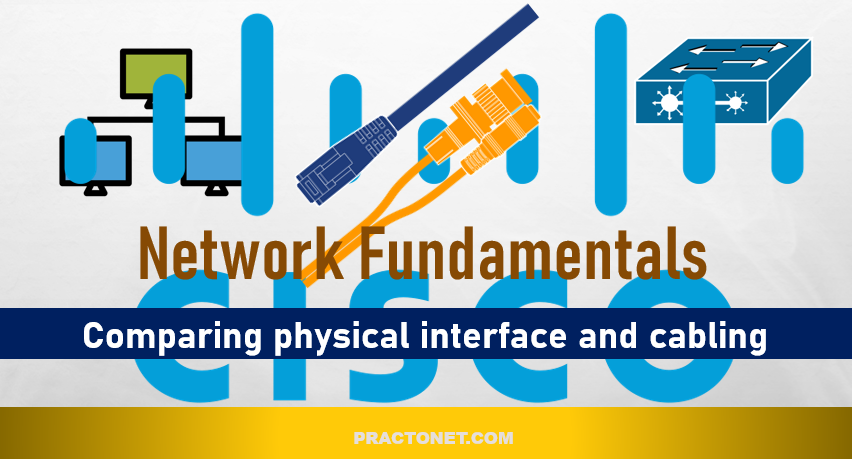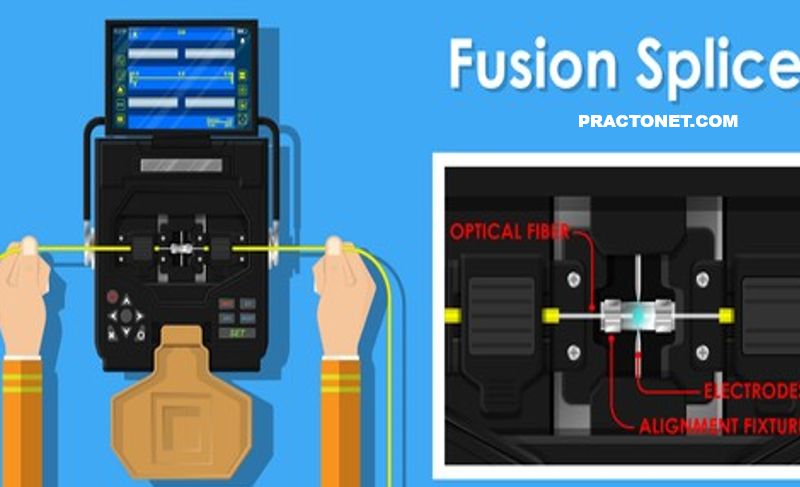Network engineers must know what the physical connectivity options exist, understand their limitations in speed and bandwidth. Power over Ethernet (PoE) is another related and important topic, as many critical devices are now dependent on network-delivered power. Network vendors and IEEE work to identify and standardize new ways to support higher power demands.
Fiber
Fiber Optics is the communications medium that works by sending optical signals down hair-thin strands of extremely pure glass or plastic fiber. The light is “guided” down the center of the fiber called the “core”. The core is surrounded by a optical material called the “cladding” that traps the light in the core using an optical technique called “total internal reflection.” The fiber itself is coated by a “buffer” as it is made to protect the fiber from moisture and physical damage. The buffer is what one strips off the fiber for termination or splicing.
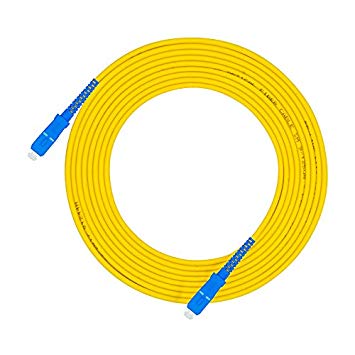
Fiber Types: Multimode & Single mode
The two types of fiber are multimode and single mode. Within these categories, fibers are identified by their core composition (MM step-index or graded-index) and core/cladding diameters expressed in microns (one millionth of a meter), e.g. 50/125 micron graded-index multimode fiber. Most glass fibers are 125 microns in outside diameter – a micron is one one-millionth of a meter and 125 microns is 0.005 inches- a bit larger than the typical human hair.
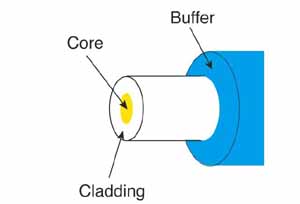
Multimode fiber has light traveling in the core in many rays, called modes. It has a larger core (almost always 50 or 62.5 microns) which supports the transmission of multiple modes (rays) of light. Multimode is generally used with LED sources at wavelengths of 850 and 1300 nm (see below!) for slower local area networks (LANs) and lasers at 850 (VCSELs) and 1310 nm (Fabry-Perot lasers) for networks running at gigabits per second or more.
Single mode fiber has a much smaller core, only about 9 microns, so that the light travels in only one ray (mode.) It is used for telephony and CATV with laser sources at 1310 and 1550 nm because it has lower loss and virtually infinite bandwidth.
Copper
Copper cable uses electrical signals to pass data between networks. There are three types of copper cable: coaxial, unshielded twisted pair and shielded twisted pair. Coaxial degenerates over long distances. Unshielded twisted pair is made by twisting the copper cables around each other and this reduces degeneration.
Ethernet cables are copper cables, these are common type of network cable used with wired networks. Ethernet cables connect devices such as PCs, routers, and switches within a local area network. These physical cables are limited by length and durability. If a network cable is too long or of poor quality, it won’t carry a good signal. These limits are one reason there are different types of Ethernet cables that are optimized to perform certain tasks in specific situations.
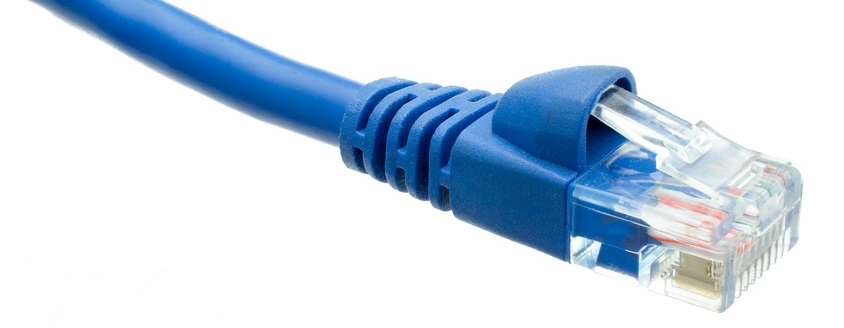
PoE
Power over Ethernet (PoE) is a technology that allows network cables to carry electrical current to power devices rather than by power cords. From late 1990’s, PoE has been widely used since it’s a reliable and cost-effective solution to provide both data and power over a single cable. Then what kind of PoE cable is suitable for your PoE devices? The following content will tell you how to choose Ethernet cables for Power over Ethernet.
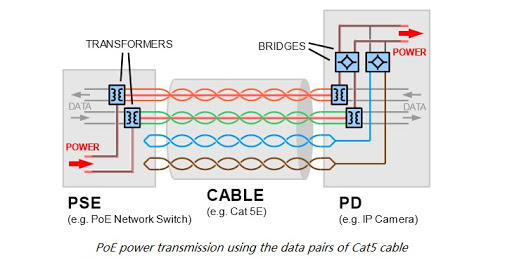
Power over Ethernet allows devices to be powered over 4-pair category cables. And the delivered power might be up to 100 watts. The IEEE standards 802.3.af and IEEE 802.3.at has ratified first two types of PoE. The power sourcing device compliant to these standards deliver the power of 15 watts and 30 watts. Usually lower power devices apply these types of PoE, such as IP telephones, wireless access points and some cameras. Later the IEEE 802.3.bt developed two new standards for higher power delivery. These two types can offer power up to 60 watts and 100 watts respectively. The new PoEs can create more heat within the cable compared to the former two kinds. If the generated heat can’t be managed well, the whole system will be damaged. As well known, not all cables are constructed to be able to safely support the high power in the installation configurations. Thus, you have to consider several factors to ensure the PoE cables suit your PoE devices.

